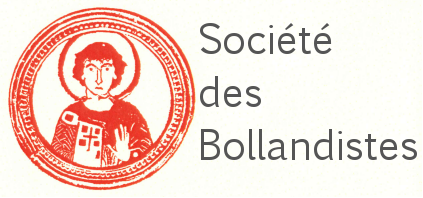Résumé :
[= Διαυγὲς ἀγλάϊσμα τῆς Καλαβρίας. Studi in onore di Santo Lucà I, a cura di Donatella Bucca, Francesco D’Aiuto, Mario Re]
A historical account in 672 hendecasyllabic verses (but originally there must have been more) about the invasion of the Turkish fleet on the island of Paros on 19 May 1668, during the final phase of the Cretan War (1645-1669), has come down to us with no author’s name in a single later manuscript. It is the Λεηλασία τῆς Παροικίας τῆς Πάρου («The Plundering of Paroikia of Paros»), a modern Greek poem which was written close to the events described, but remained in obscurity for an extremely long period. In fact, contrary to many other modern Greek texts, it was not printed in Venice during the 17th or 18th century, and, even after its editio princeps by Emmanuìl Kriaràs in 1938, it has received scant attention from readers and critics. After a description of the codex in which this text has been transmitted, this paper mainly points out some linguistic, literary, and stylistic features whose analysis may be of interest with a view to a comprehensive study and a new critical edition of the poem.







